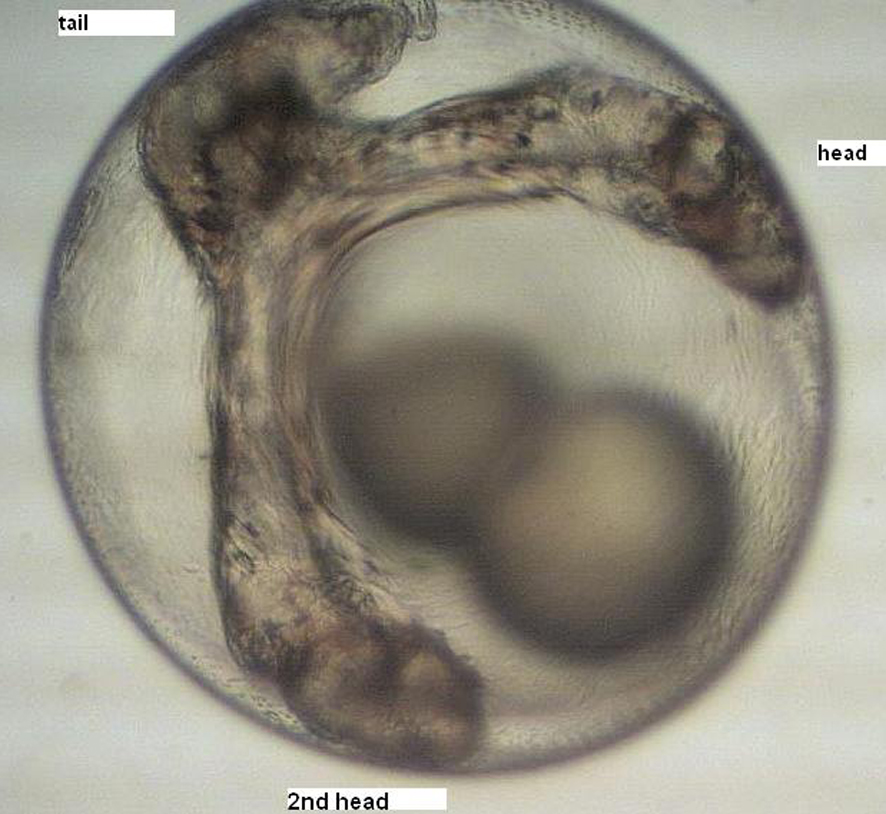
News & Views
Regulations
Misconduct complaints and industry influence: damning findings in APVMA review
September 14, 2023 By John Mosig
 Australia's Sunland Hatchery’s troubles began in the early 1990s when agricultural spraying started on an adjacent macadamia grove. Years later, a two-headed Australian bass larvae were found in the hatchery's fry ponds. (Photo: Gwen Gilson, Sunland Coast Hatchery)
Australia's Sunland Hatchery’s troubles began in the early 1990s when agricultural spraying started on an adjacent macadamia grove. Years later, a two-headed Australian bass larvae were found in the hatchery's fry ponds. (Photo: Gwen Gilson, Sunland Coast Hatchery)A recent review of the Australian Pesticides and Veterinary Medicines Authority (APVMA) found the nation’s chemical regulator had incomplete reviews dating back decades and widespread misconduct complaints, and that the agency had been captured by industry interests. The APVMA review was triggered following claims of a worker allegedly urinating on colleagues.
The news would have provided small comfort but some amusement to the many aquaculturists, environmentalists and veterinary scientists who followed the Sunland Fish Hatchery story from 2007 to 2010, when the final report from the Noosa Fish Health Investigation was tabled.
Long-time readers of Hatchery International will recall the running saga of Gwen Gilson’s battle with the pesticide overspray. For those who came in late, Gwen bred Australian native fish and established Sunland Fish Hatchery as a major producer of Australian bass (Macquaria novemaculleata) and had pioneered spawning technology in several others species. In 2007, her troubles began. The spray drift from the neighbouring macadamia farm was settling on her fry ponds and penetrating her hatchery. The larvae were developing with two heads before perishing.
Naturally, Gwen asked that wind direction be considered and prior warning be given. The response was un-neighbourly. When ailing horses on the property responded to a course of Atropine injections, the veterinary advice was that the problem was organophosphate poisoning. When an unusual number of residents abutting the nut grove were diagnosed with cancer and the Noosa Lakes fishing industry collapsed it became obvious that the problem was a wider environmental issue than an isolated fish hatchery.
After the “two-headed fish” appeared on television, the Queensland government was forced to set up the Noosa Fish Health Investigation task force in January 2009. When the final report was made public in June 2010, despite the dissenting views of two of the state’s most respected aquatic veterinary scientists, Drs. Chong and Landos, it spread the cause over a range of innocuous possibilities and recommended a review of protocols by several government bodies. One was the now discredited APVMA.
Print this page
Advertisement
- Local Indigenous tribe rebuilds old fish hatchery in Washington State
- Benchmark announces commercial team expansion





